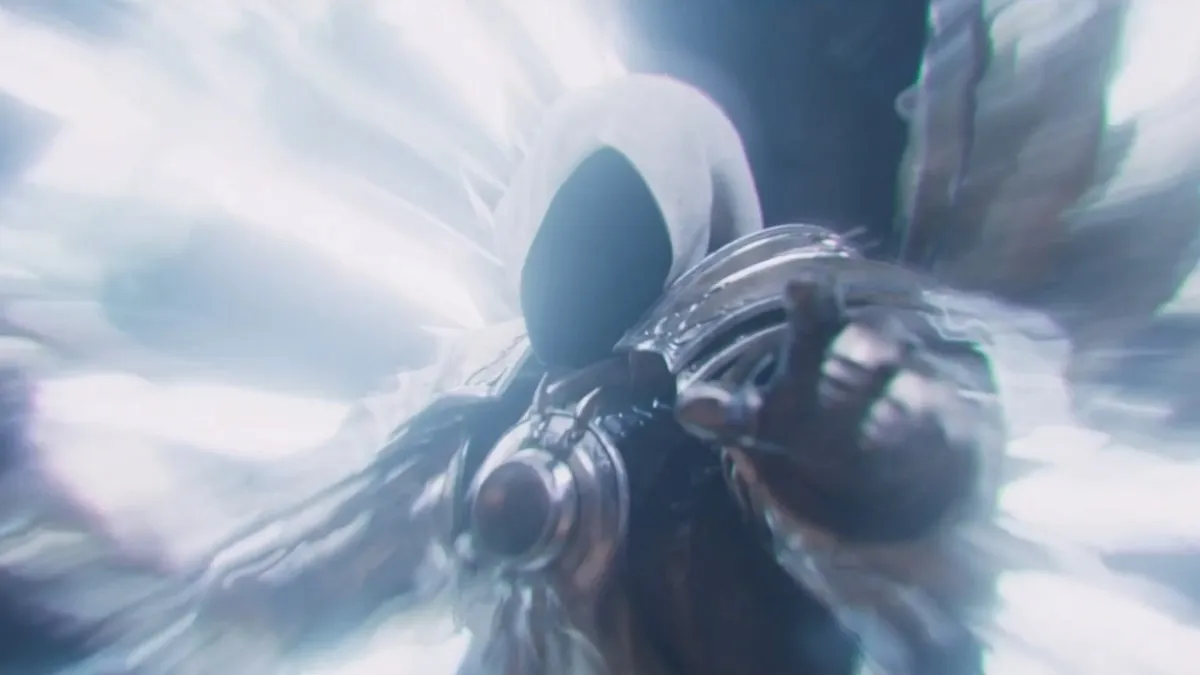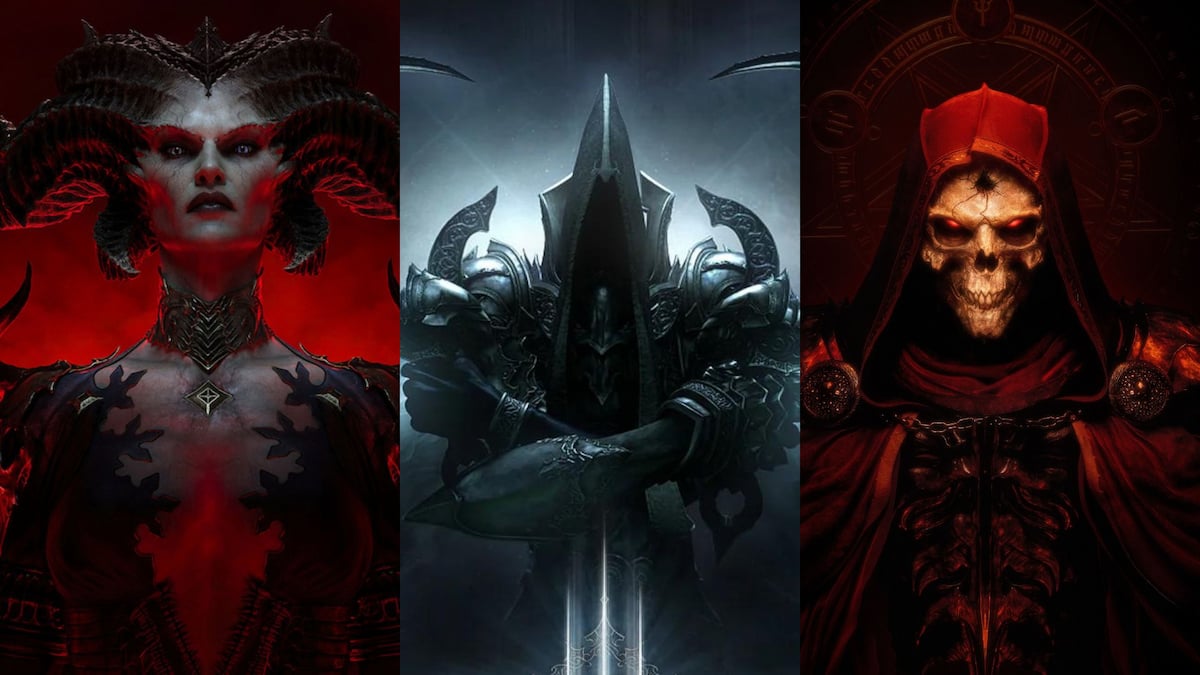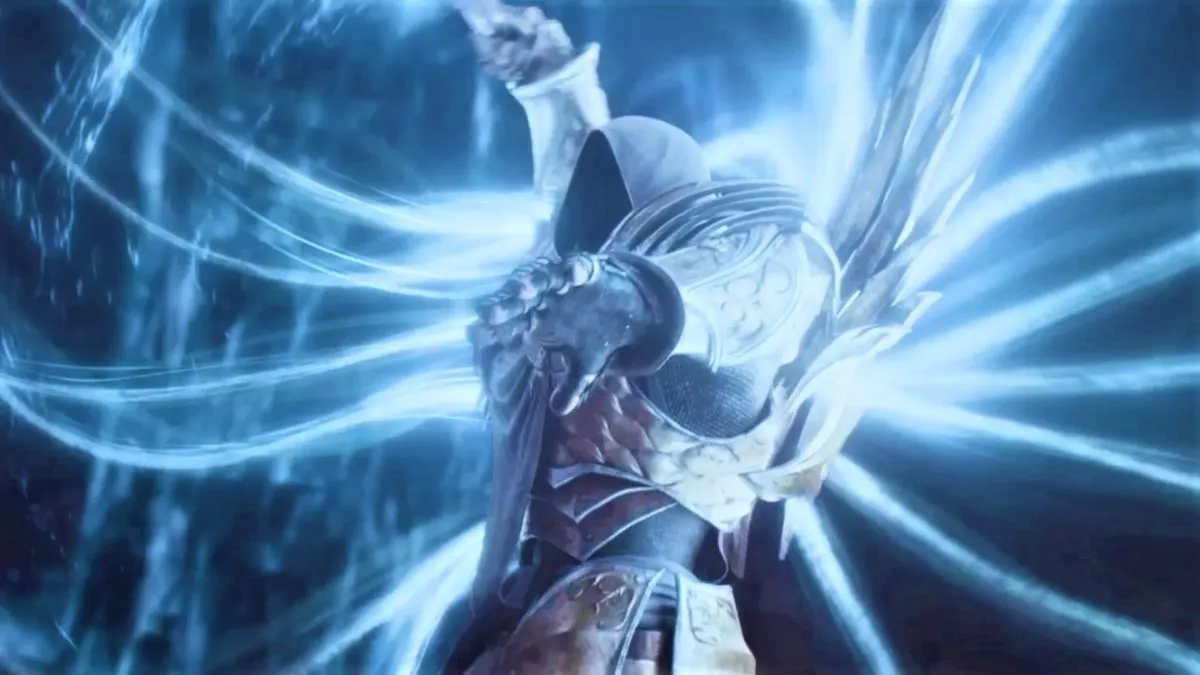It’s challenging to approach a remaster for Diablo II because of how meaningful it was over 20 years ago and the mark it’s left on so many games to this day. Massive titles continue to try and capture that lightning-in-a-jar moment that Diablo II encompasses so beautifully, and Vicarious Visions have a tough endeavor in front of them in trying to remaster it.
The team fully understands that changing any tiny detail could uproot the entire experience. The process of remastering Diablo II into Diablo II: Resurrected was not handled lightly, and the development team did everything they could to preserve the authenticity of the original while also bringing it to the modern era.
We had the opportunity to sit down and discuss the process and challenges of working on Diablo II: Resurrected with studio design director Rob Gallerani and project lead Michael Bukowski.
The initial approach to the game was to uplift nearly everything they could and keep Resurrected as pure as possible. “When we first started we just started thinking, ‘oh, what would we do?’” Gallerani said when first handling the project. “We already were doing more than we should. The first thing you do as a player is ‘hey, can we get rid of that stamina meter?’ But anytime you start making those changes you realize no, that’s part of what the game is.”

Gallerani and Bukowski both stressed throughout the discussions they needed to remain faithful to Diablo II. The team’s approach to this remaster was preservation. “The first thing we had to do was recognize we’re preserving this game,” said Gallerani. “We’re bringing the game that people remember into his era. What we’re not doing is iterating on the franchise. This is not D4. This is what D2 was.”
Everything about Diablo II from the mechanics to the combat animations are intricately connected together. The team couldn’t mess with the formula because then players would be experiencing something different. A minor shift in tone or a mechanic could have far greater ramifications for the entire experience. “You pull one little brick out and you’re like, ‘oh, I guess I was playing Jenga,’” said Gallerani.
One thing that made Diablo II so memorable was the difficulty, and that’s a product of its time that the team hoped to preserve. “The game is hard,” Gallerani stressed. “The game is not, “oh, we’re going to give you this nice little tutorial about how to figure everything out.” Yeah, sorry, it’s the boss of act two. You’re going to die a whole lot, but you’ll eventually figure it out.”

While the core of Diablo II was upheld as much as possible, there were smaller details the team did tweak to bring the release up to modern standards. Things like jumping into a friend’s game through your friend’s list, or auto gold pickup. “That doesn’t really change what the game is,” Gallerani said. “It’s just making it easier for you to get to play it.”
However, even the auto gold pickup option is something a player can choose to turn off in their settings. For certain players, they prefer to keep as accurate an experience as possible, and many of the modern settings introduced in Resurrected can be turned off with a quick click.
It gives 20-year veterans the flexibility to pick and choose how much of a modern experience they want and gives new players the chance to see what the original Diablo II was like. “It makes things easier,” Gallarani said. “But if we got that judgment wrong. That’s on us. You can turn it off.”
The real trick for the team is when Resurrected is in everyone’s hands. They’re going to need to wait and see how well they hit the target on their first try and make the necessary modifications from there before going into more advanced development. “If our foundation is strong, we then bring in ladder,” Gallerani said, touching on their future roadmap. “Ladder starts rolling, then a lot more things get to be put on the table. But we don’t start building the first floor until we have our whole bedrock there.”

When those decisions are made, it’s going to be up to the community to decide what’s important to them. There are going to be a lot of communities involved in Resurrected because you can play it across multiple consoles— it’s not just a PC game. “We’re trying to listen and understand continually, even as we go through launch, to understand we’re doing all the right things for all the different communities out there,” Bukowski said. “That was something we learned a bit during the beta.”
The fun with returning to a 20-year-old game like Diablo II is giving a remastered game to brand new players who have never touched it before. “I think it’s such an important game for gaming history,” said Bukowski, sharing his insight into what new players are going to experience playing it for the first time. “To be able to get in there and play it, be it on a console or a PC, I think a lot of people are going to have a lot of fun and have a greater appreciation for ARPG in general. I’m excited to see the specialness people experienced 20 years ago, come forward in a new way with a modern player.”
“It’s really like rediscovering the game for the first time,” Gallerani said, sharing how veteran players are going to be surprised with Resurrected. “We’ve already seen this with our alpha and beta people, they thought they really knew this game and played it for 20 years. They’re like, ‘oh, that wall, I’ve seen that wall a million times,’ and then they go, ‘wait a minute’ before they toggle over to see it was in the original game.”
Diablo II is an iconic ARPG, and Vicarious Visions knew that when they were handed the reins. The team knew that the magic of the original game had to feel genuine in Diablo II: Resurrected, or they were going to miss the mark. That’s been their focus from day one, and that’s what they’ve strived to achieve. “[Diablo II] is an important memory in people’s history,” said Gallerani. “Going into it knowing there are people who will know this game inside and out better than we do was an important project to be honored to work on.”






Published: Sep 17, 2021 10:00 am